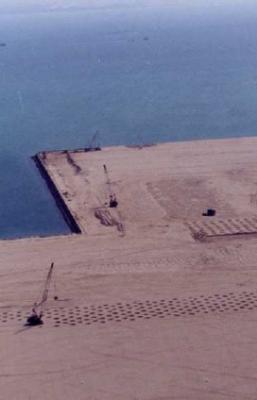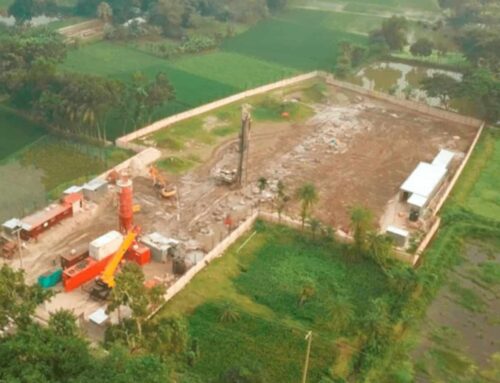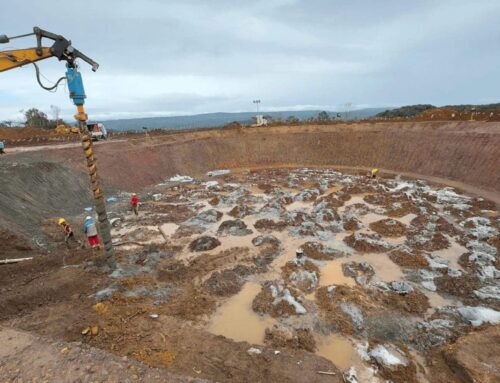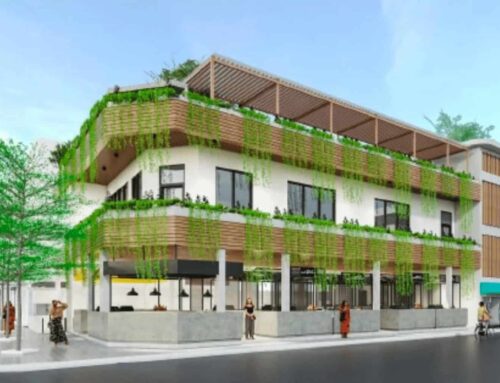Menard Asia in Singapore has completed the ground improvement project for Changi International Airport using Vertical Drains and Dynamic Compaction.
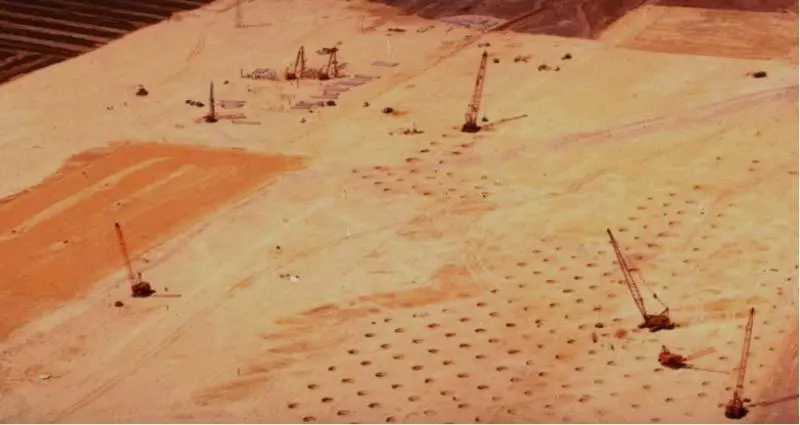
Project Overview
Changi International Airport in Singapore was built on an area partially reclaimed from the sea by dredging and hydraulic fill.
The area was reclaimed in 3 phases: the first one in 1976, the second one in 1981 and the third one in 1994.
Ground Condition
The cross section of the soil is made of:
- A top loose sandy layer made of hydraulic fill 6 to 12 m thick
- A soft clay layer 5 to 30 m thick
Due to the execution method itself (hydraulic backfilling), the sandy layer remain in very loose conditions, and may settle under its own weight over a long period of time (creep settlement) if it is not treated.
On the other hand, the soft clay layer is subject to consolidation phenomenon resulting in post construction settlement of more than 3 meters that would occur over decades.
Menard Solution
Those 2 soil problems were treated separately:
- Dynamic Compaction was used for the improvement of the loose sandy layer resulting in densification of this layer,
- Vertical drains and surcharge were used to speed up the consolidation process in the soft clay layer and thus anticipate the primary and secondary settlement of this layer.
Print this resource
Singapore 1980-1995
Technique : Vertical Drains and Dynamic Compaction
Owner : Port of Singapore Authority
Engineer : Techniques Louis Menard
Main Figure
700,000 lm of vertical drains
Phase 1 : 5,000,000 m3
Phase 2 : 1,000,000 m3
Phase 3 : 11,000,000 m3
